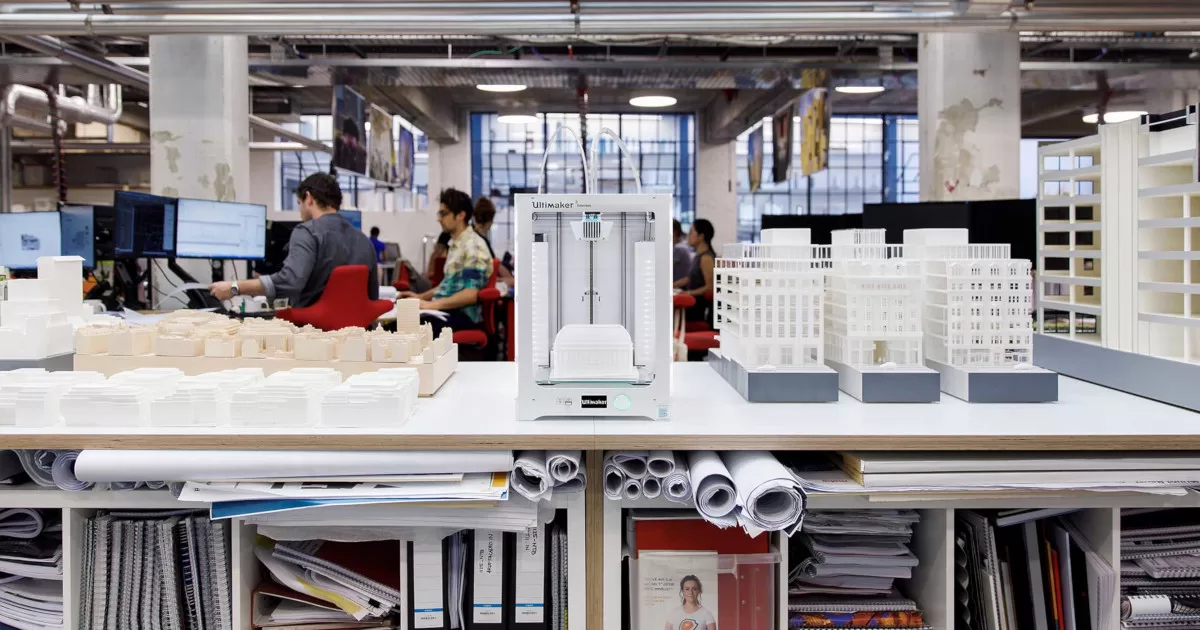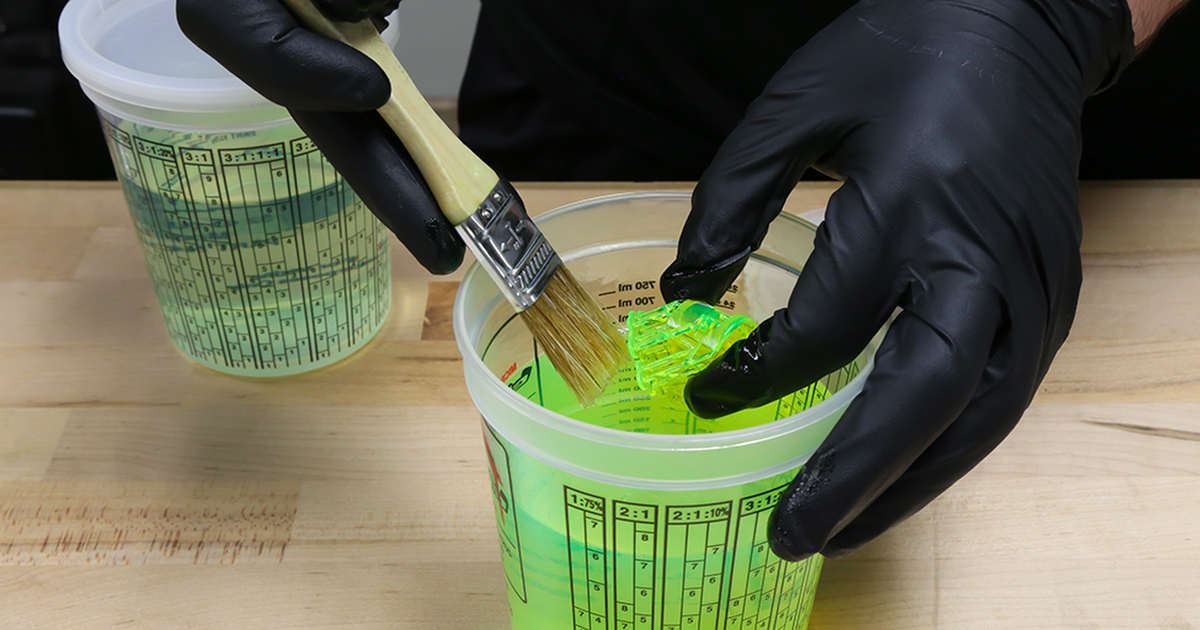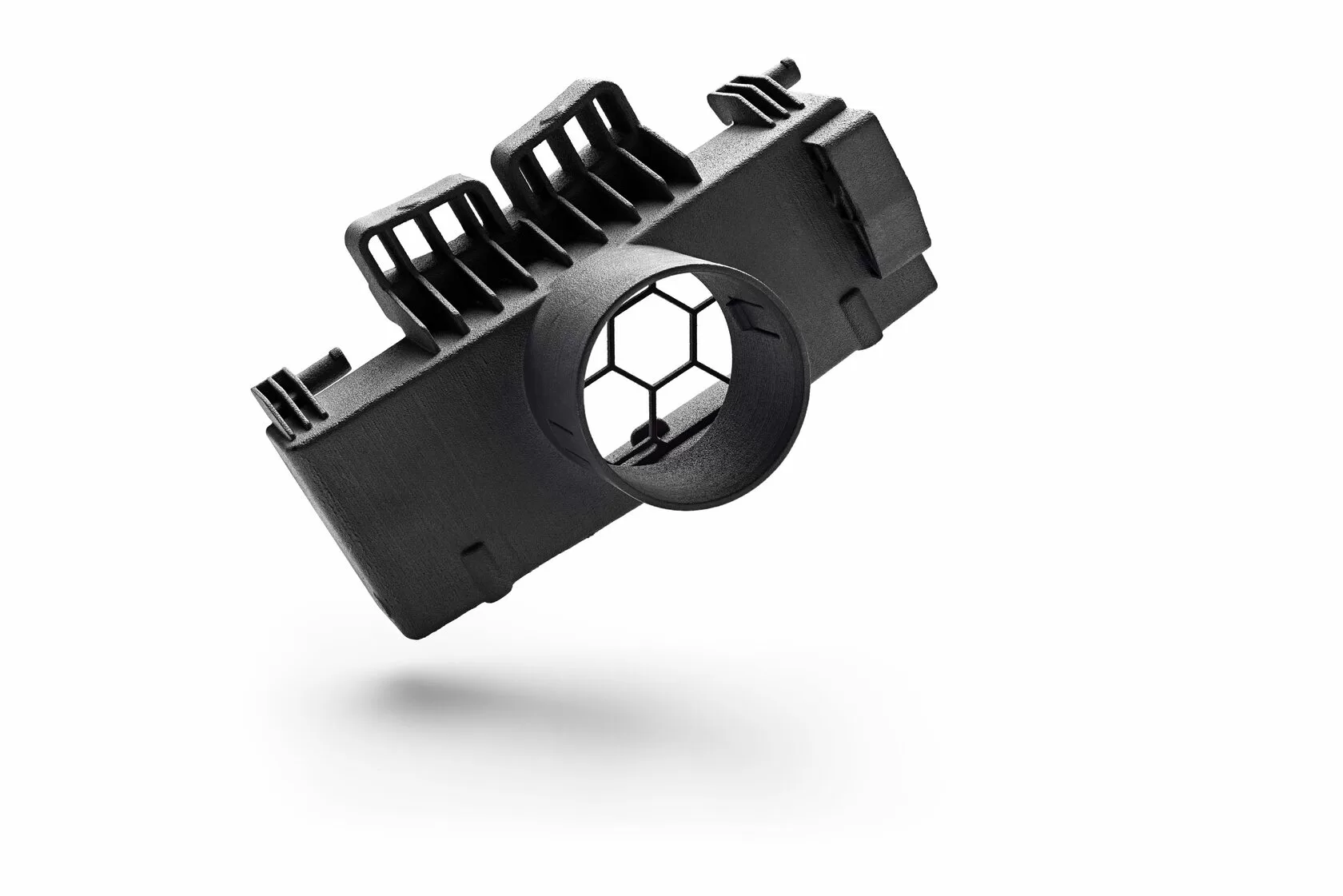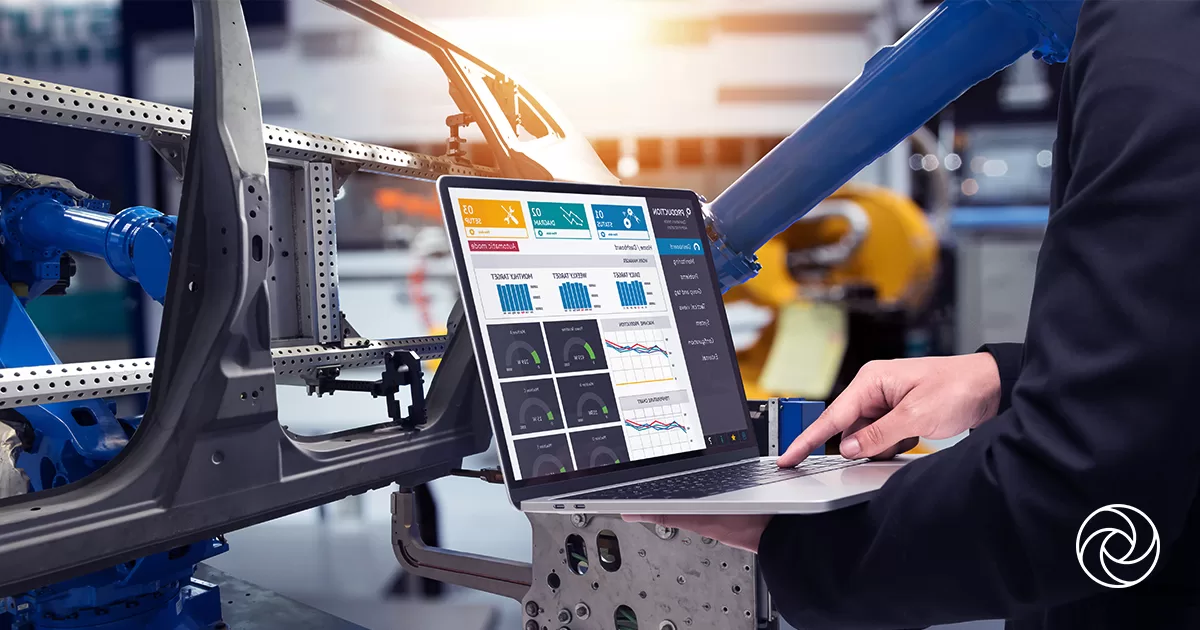The world of 3D printing has revolutionized the way we create objects and prototypes. With its ability to transform digital designs into physical objects, 3D printing has opened up a new realm of possibilities across various industries. However, the process of 3D printing doesn't end once the printing is complete. Post-processing plays a vital role in enhancing the quality, functionality, and aesthetics of 3D printed objects. In this article, we will delve into the concept of post-processing in the context of 3D printing, explore its various types, and highlight their benefits.

Understanding Post-Processing in 3D Printing
Post-processing refers to the series of additional steps and treatments that are performed on 3D printed objects after they are removed from the printer. While 3D printing technology has made tremendous advancements, it still faces limitations in terms of surface finish, dimensional accuracy, and mechanical properties. Post-processing techniques aim to address these limitations and optimize the final product.
Importance of Post-Processing in 3D Printing
- Enhancing Surface Finish and Aesthetics:
One of the primary reasons for implementing post-processing techniques is to improve the surface finish and aesthetics of 3D printed objects. Raw 3D printed parts often exhibit visible layer lines, rough surfaces, and imperfections. Through processes like sanding, polishing, and painting, the surface quality can be significantly enhanced, resulting in a smoother, more refined appearance. - Improving Mechanical Properties:
Post-processing methods also play a crucial role in improving the mechanical properties of 3D printed parts. Certain techniques, such as annealing, heat treatment, or chemical strengthening, can enhance the strength, durability, and resistance of the printed objects. This is particularly important for functional parts that require specific mechanical properties to perform adequately. - Achieving Dimensional Accuracy and Tolerances:
While 3D printers have become increasingly precise, achieving high dimensional accuracy and tight tolerances can still be challenging. Post-processing techniques like machining or CNC milling can be employed to refine the dimensions of the printed parts, ensuring they adhere to the desired specifications.
Types of Post-Processing Techniques
- Sanding and Smoothing:
Sanding is a common post-processing technique used to eliminate visible layer lines and rough surfaces. It involves using sandpaper or abrasive materials to gently remove imperfections, resulting in a smoother finish. Sanding is particularly effective for objects printed with Fused Deposition Modeling (FDM) technology. - Vapor Polishing:
Vapor polishing is a process that utilizes solvents or chemical agents to smooth the surfaces of 3D printed objects. The object is exposed to the vapor, which melts the outer layers, resulting in a glossy, polished finish. This technique is suitable for parts printed using technologies such as Stereolithography (SLA) or Digital Light Processing (DLP). - Painting and Coloring:
Painting or coloring is employed to enhance the aesthetics of 3D printed objects. Various painting techniques, including spray painting, airbrushing, or hand-painting, can be used to add vibrant colors, textures, or intricate designs to the printed parts. - Heat Treatment and Annealing:
Heat treatment and annealing involve subjecting the 3D printed parts to controlled heating and cooling processes. This technique helps in relieving internal stresses, increasing the strength and stability of the objects. Heat treatment can be effective for metal-based 3D printed parts, while annealing is commonly used for plastic-based prints. - Support Material Removal:
Many 3D printing technologies utilize support structures during the printing process to enable the creation of complex geometries. Post-processing techniques, such as manual removal, water jetting, or dissolvable supports, are employed to eliminate these support structures, resulting in a clean and functional final product.
Benefits of Post-Processing in 3D Printing
- Improved Aesthetics: Post-processing techniques enhance the visual appeal of 3D printed objects, making them more presentable and marketable.
- Enhanced Functionality: By improving mechanical properties and dimensional accuracy, post-processing ensures that 3D printed parts meet the required functional specifications.
- Increased Material Options: Post-processing techniques allow for the use of a wider range of materials, enabling the production of objects with unique properties and characteristics.
- Versatility in Applications: The ability to apply various post-processing techniques opens up opportunities for 3D printing in diverse industries, including automotive, aerospace, healthcare, and consumer goods.
Conclusion
Post-processing is an essential aspect of the 3D printing workflow, enabling manufacturers to optimize the quality, functionality, and aesthetics of their printed objects. Through techniques like sanding, polishing, painting, and heat treatment, the limitations of raw 3D printed parts can be overcome, resulting in superior products. Embracing post-processing not only enhances the visual appeal but also expands the potential applications of 3D printing across various industries. As this technology continues toevolve, we can expect further advancements in post-processing techniques, leading to even more impressive results. So, whether you are a hobbyist, a designer, or an industrial manufacturer, considering post-processing as an integral part of your 3D printing process will undoubtedly yield remarkable outcomes.
Sources:
- Wohlers Report 2021: https://wohlersassociates.com/2021report.htm
- Sculpteo Blog: https://www.sculpteo.com/blog/2019/04/16/the-ultimate-guide-to-finishing-3d-printed-parts/
- Materialise Blog: https://www.materialise.com/en/blog/5-post-processing-methods-3d-printed-parts
- 3D Hubs Knowledge Base: https://www.3dhubs.com/knowledge-base/post-processing-techniques
- Stratasys Blog: https://www.stratasysdirect.com/resources/blog/2019/06/07/the-importance-of-post-processing-in-3d-printing




